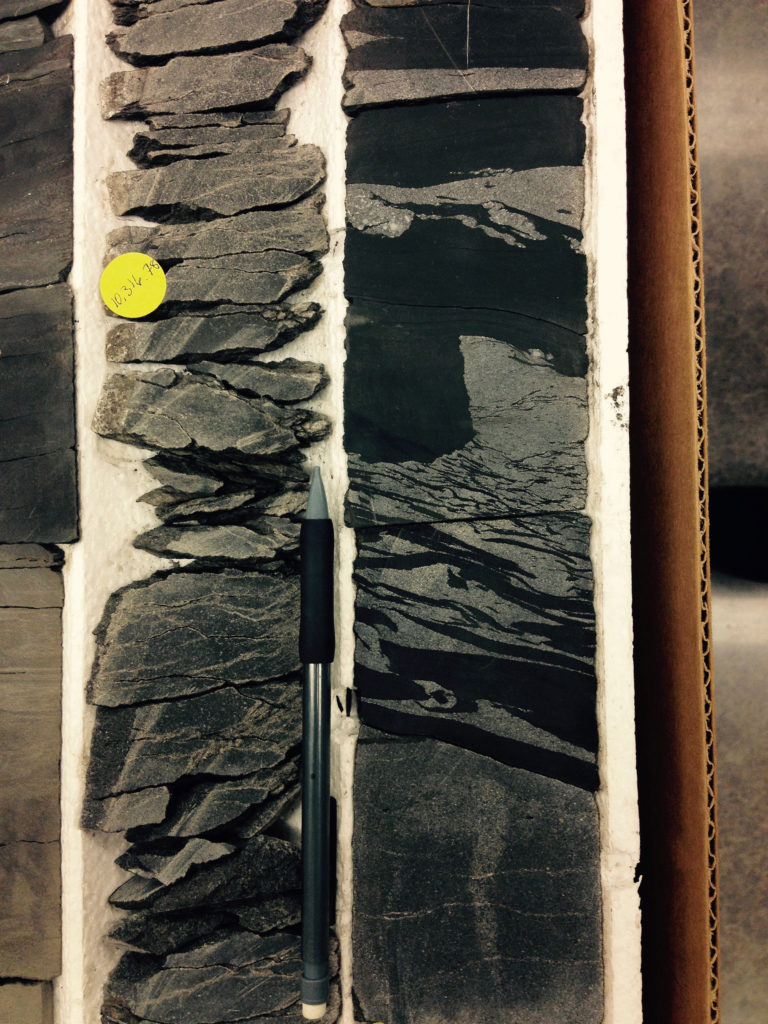Above: Dr. Andrew Caruthers and Dr. Them scouting a new section from a helicopter in Alaska.
Field locations
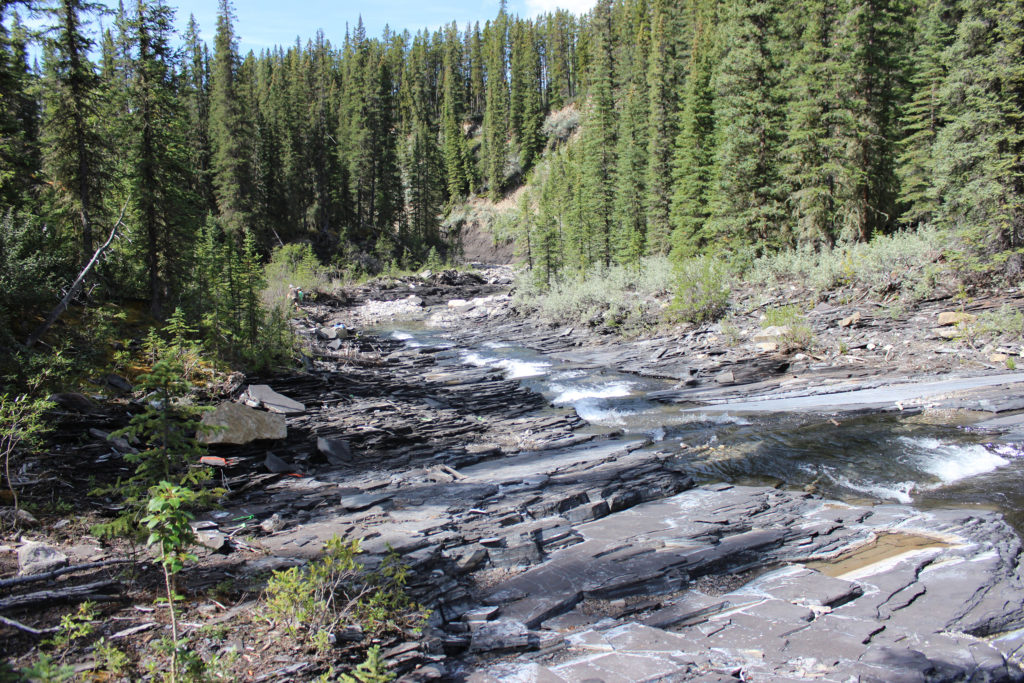
Alberta
Western Alberta contains the Fernie Formation, an organic matter-rich Lower Jurassic unit that Dr. Them and colleagues have been studying since 2012. Dr. Them (when still a PhD student) and Dr. Gill also stumbled upon and discovered the remains of several hard- and soft-bodied fossils (a Lagerstätte) in the Canadian Rocky Mountains in the summer of 2013 after the devastating Alberta floods, the results of which were later published in Geology.
Nevada
Dr. Them and colleagues have been studying the Upper Triassic – Lower Jurassic interval since 2014. We are generating geochemical data from marginal marine environments in eastern Panthalassa that record the end-Triassic mass extinction and Pliensbachian-Toarcian mass extinction.
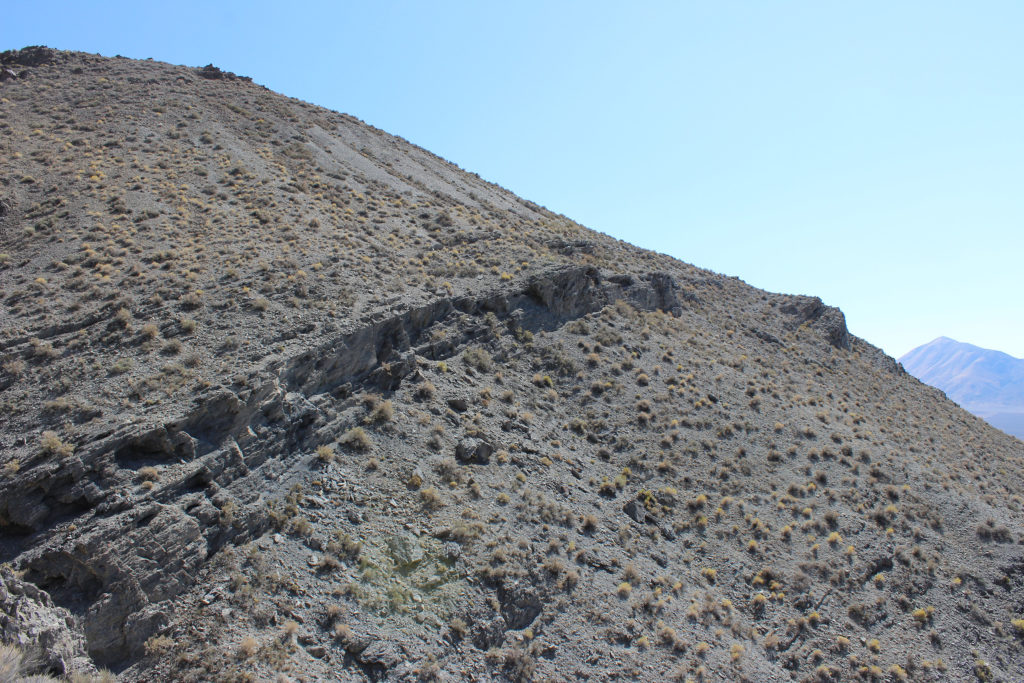
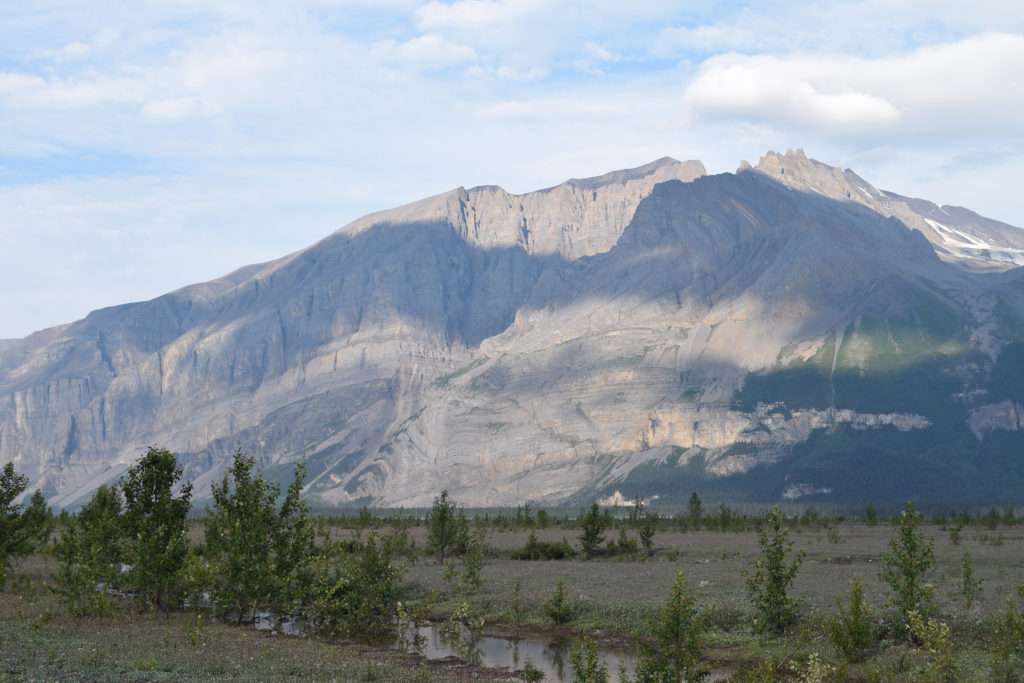
Alaska
Dr. Them and colleagues have been studying Mesozoic deposits since 2017. We are generating novel isotope and other geochemical data from open-ocean locations in Panthalassa that record the end-Triassic mass extinction and Pliensbachian-Toarcian mass extinction, as well as other intervals of the Cretaceous.
North American Interior
Dr. Them and colleagues are working on reconstructing environmental change across the end-Cretaceous mass extinction and Paleocene-Eocene Thermal Maximum from latitudinal transects. Several GAMES Laboratory members have conducted field work in Montana, South Dakota, and North Dakota focused on recovery during the first million years after the end-Cretaceous mass extinction. This work is currently funded by the NSF’s FRES program (2023-2028), but initally received funding through the South Carolina Space Grant Consortium Palmetto Academy (2020).
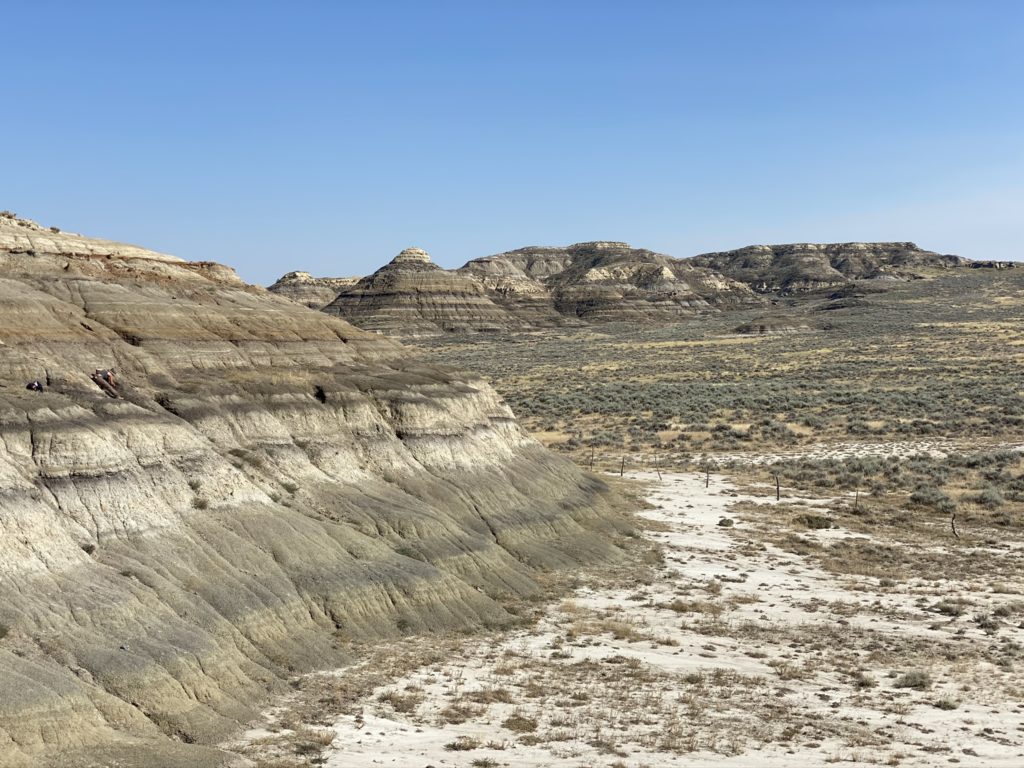
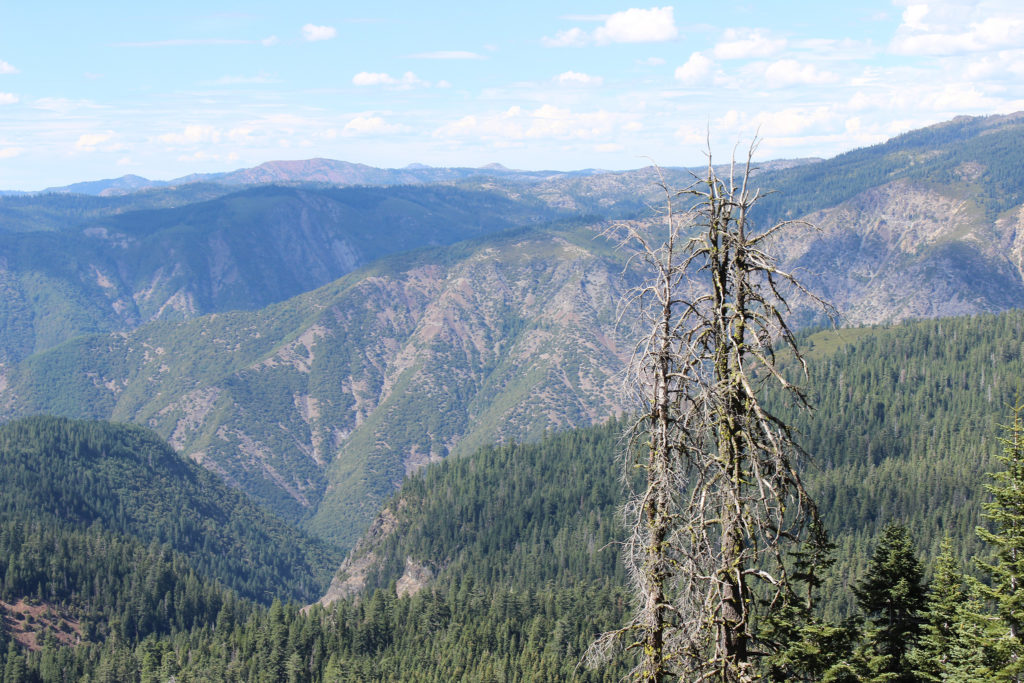
California
Dr. Them and colleagues are working on some thick Mesozoic deposits in the Sierra Nevada Mountains. Several GAMES Laboratory members scouted some potential field sites in August 2020, braving unrelenting mosquitoes, poison oak, and extreme terrain to safely return to South Carolina.
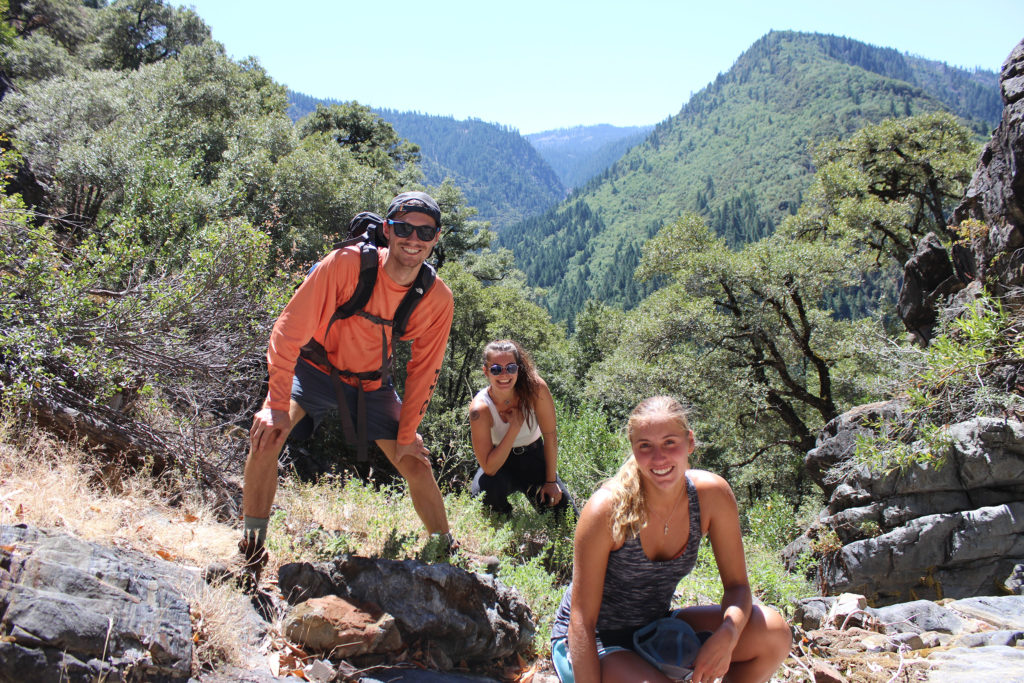
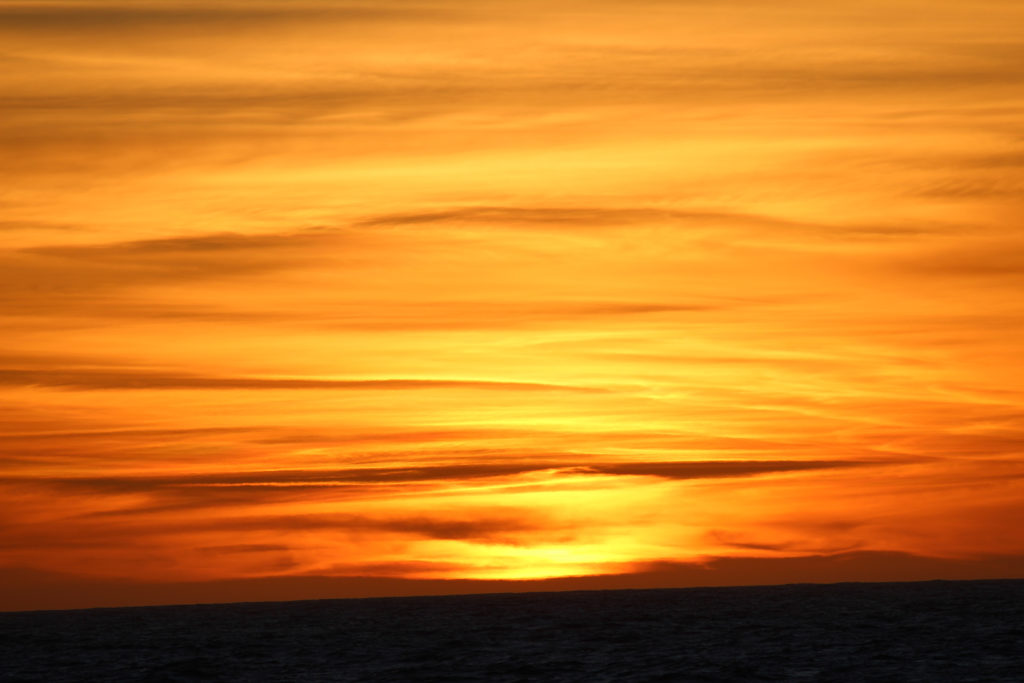
South Atlantic Ocean
Dr. Them and colleagues sailed on a two-month expedition in the fall of 2019 to recover piston and gravity cores to determine the role of South Atlantic water mass variability on global climate. Seismic data were also collected for future IODP expeditions that will target deeper marine sediments.
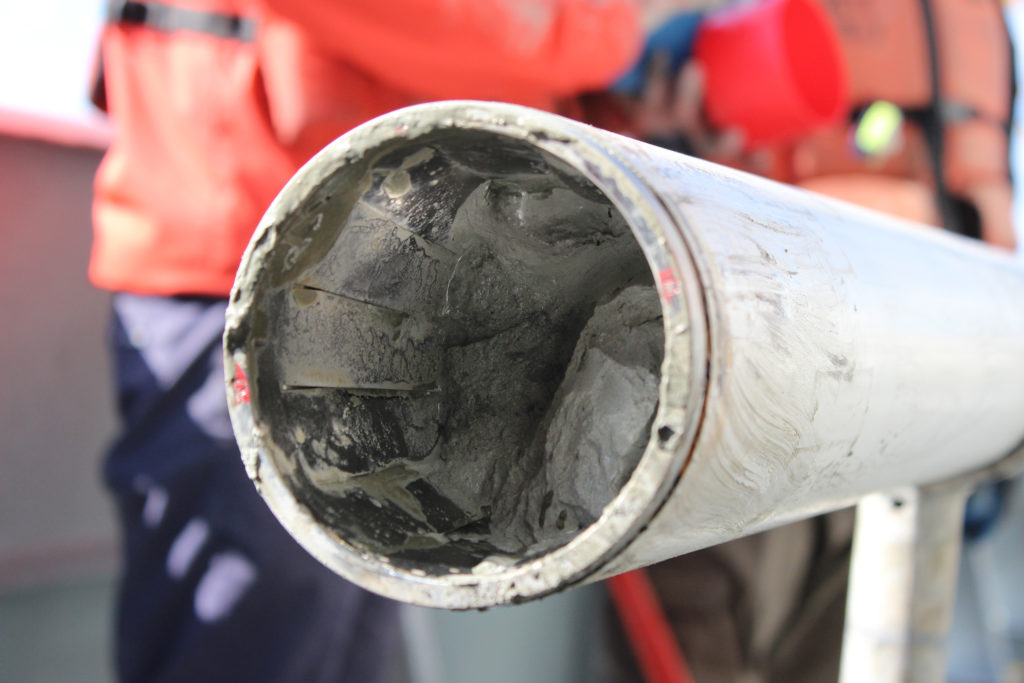
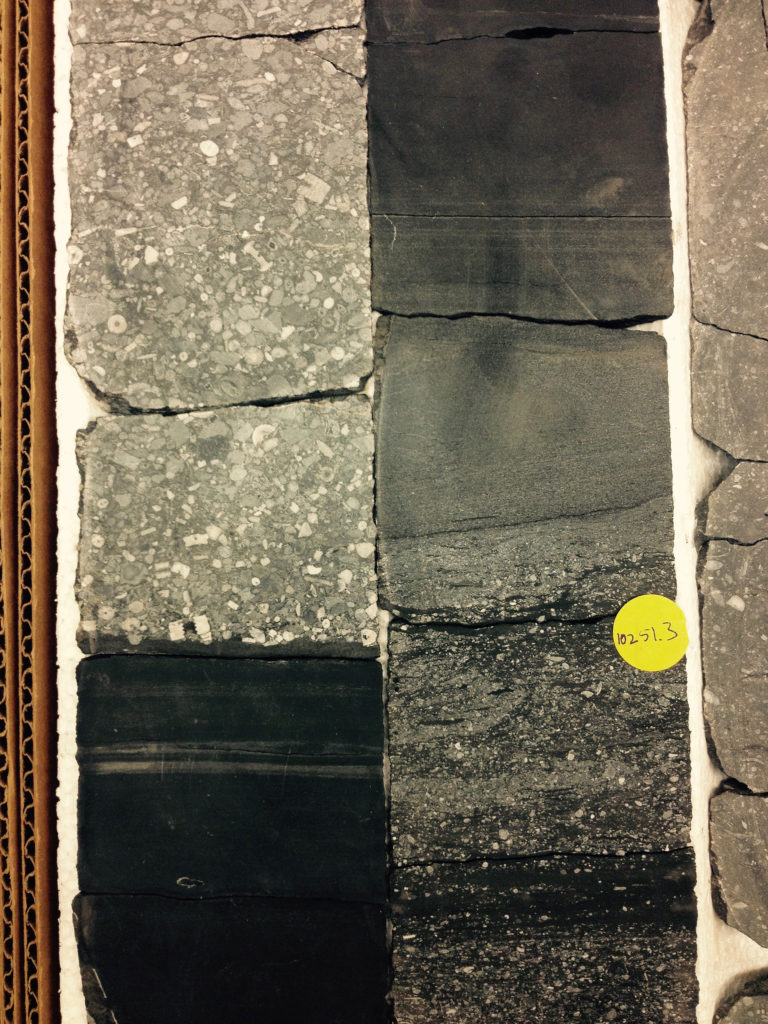
Drill core repositories
The next-best thing to going outside to study rocks is to go inside to study rocks. Core repositories represent important archives for some geological deposits that we would otherwise never be able to sample.
